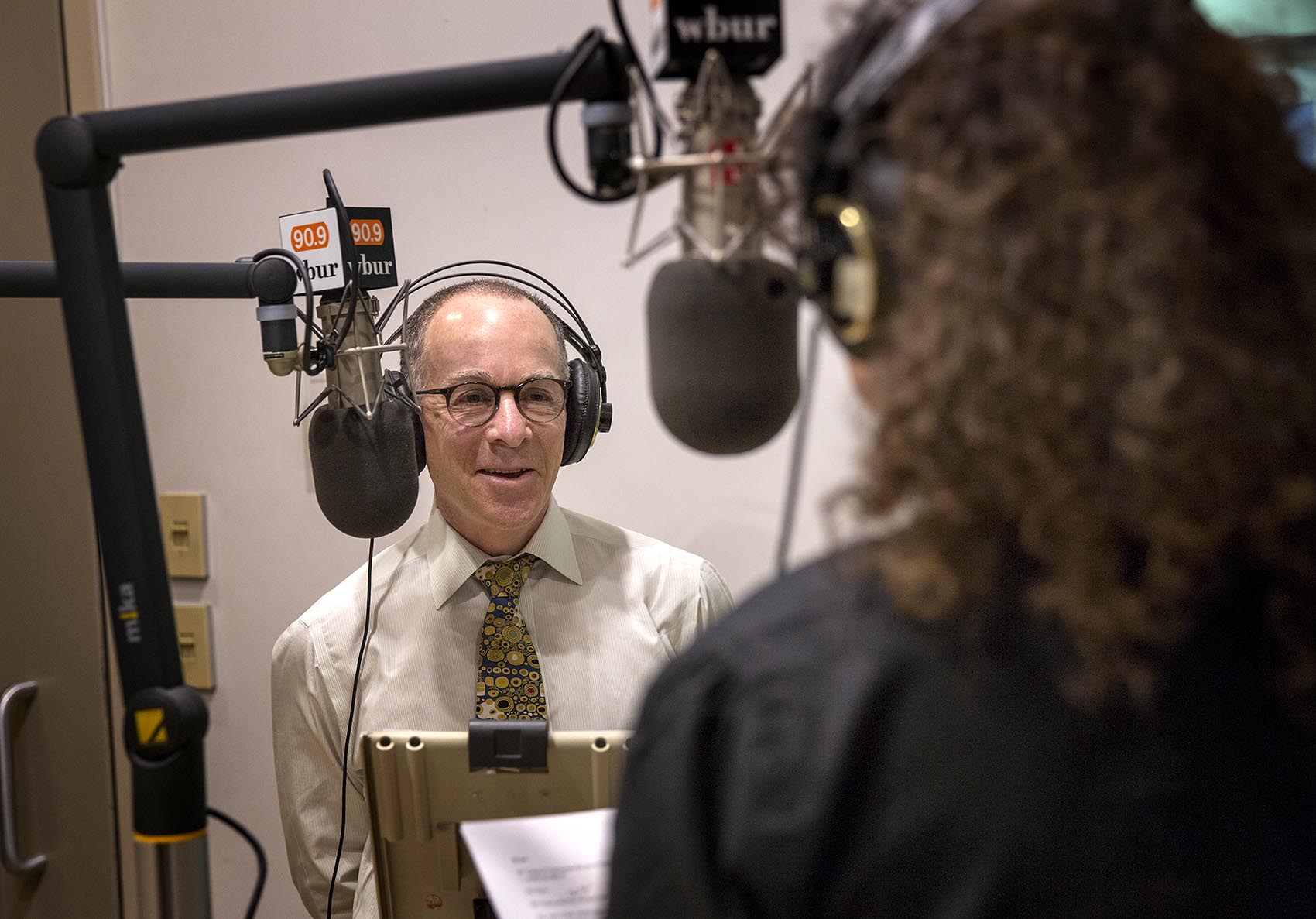Hear synth-heavy submissions to our Public Media Rocks playlist
Earlier this year we asked public media’s musicians to send us songs so we could compile a playlist. We heard from 40 musicians from across the country, covering a wide variety of genres. For this week’s selections, we’re listening to synthy songs made by some of public media’s finest (and me!).
I met my musical soulmate in perhaps the most public radio way possible — I was an NPR intern, and Shamir Bailey was playing a Tiny Desk. Later I would learn that he thought I was the child of an NPR employee instead of an intern.
Regardless, when I moved to Philadelphia to work at WHYY, he and I became best friends and then music partners. The song “Lying in the Darkness” was the first solo song I had ever released, and Shamir produced it to sound like a symphony in space. It’s a Sinead O’Connor–inspired ballad based on a crush I caught for someone who works in public media, too. (Don’t judge me like you haven’t been there!)
Some other synthy pop songs in our Public Media Rocks playlist are also rooted in love, like Annie Nero’s song “Gold Canopy.” Nero works in individual giving for Science Friday, and her band is called A Nero. The song is a dreamy bop with a driving beat and a bed of an organ-style synth.
Like the album art, the song is beachy and sunny. Nero says it was inspired by love and Paris, and I haven’t been able to stop listening to it since I heard it.
“The Pining” by Kurt Hauswirth has the vibe of an ’80s ballad. Hauswirth is a classical music host at WNMU in Marquette, Mich. He also produces a concert series program for the station featuring local artists.
“‘The Pining’ was inspired by feelings of inadequacy that were dissolved by the love of my life,” Hauswirth wrote.
The synth in the song is straight out of Twin Peaks and reminds me of a snowy winter night in an Upper Peninsula evergreen forest.
Daniel Mescher works in digital for Colorado Public Radio’s Indie 102.3, so I would think he’s contractually obligated to be a musician, too. His band is called Crimson Highways, and he submitted their song “Back to Life.”
“This song is inspired by anxiety, both on a personal and societal level,” Mescher wrote.
The song is eerie and ethereal, and it evolves into an almost Dan Deacon–like electronic beat.
Be sure to listen to all the songs on our Public Media Rocks playlist.






